Vedic-Puranic Proto-Sanskrit: As Deciphered in the Indus Script
Synopsis
The discovery of the Pre-Brahmi Indus Script or proto-Indic Script i.e. Bhoota Lipi as mentioned in the Tantric literatures poses a serious challenge to the scriptologists all over the world for its decipherment for more than one hundred years since its appearance on punch-marked coins. The Indus Script with its variants existed on clay tablets, ivory plaques, steatite and metallic seals, potsherds, copper plates, punch-marked metallic coins, etc, all over the Indian sub-continent and extended upto Spain in the west and Easter Island in the Pacific Ocean in the east from the time immemorial.
The author has deciphered this ever-challenging Indus Script on purely syllabo-alphabetic basis reading from left to right as in Brahmi and Devnagari Script after segregation of the Proto-Indic inscriptions starting from the early Indian indigenous bi-scriptal (Indus and Brahmi)and uni-scriptal (Indus Only) coins. The languages of the Indus Script or proto-Indic Script i.e. Bhoota Lipi is found to be a variant of Paishaachee Prakrit blended with few Sanskrit of near-Sanskrit words everywhere and even the famous Gayatri hymn of the Rigveda was composed on steatite seal in Paishaachee Prakrit –thereby indicating the origin of Sanskrit (refined) from Prakrit (original) through Pali. The Indus Script or Proto-Indic Script i.e. Bhoota Lipi lost its phonetic values around c.4th century AD in North India and c. 10th century AD in South India and Sri Lanka and few signs still survive as auspicious symbols, for example, the symbol of svastika had phonetic value of ‘n’ on the coins of Amoghabhooti (c.2nd century BC) and Prasenadi (Prasenajit) (c.6th century BC) and on the steatite seal of Harappa of Code No. 4500 (c. 1700 BC) in the reading of “inam na hanai, na hanarha” Sanskritized as “enam na hanti, na hanarha” This (Soul Himself) does neither kill (any body); nor is it capable of being killed, as mentioned in the Bhagavadgita-2/19- last fragment (na ayam hanti, na hanyate).
Read more
The author has deciphered this ever-challenging Indus Script on purely syllabo-alphabetic basis reading from left to right as in Brahmi and Devnagari Script after segregation of the Proto-Indic inscriptions starting from the early Indian indigenous bi-scriptal (Indus and Brahmi)and uni-scriptal (Indus Only) coins. The languages of the Indus Script or proto-Indic Script i.e. Bhoota Lipi is found to be a variant of Paishaachee Prakrit blended with few Sanskrit of near-Sanskrit words everywhere and even the famous Gayatri hymn of the Rigveda was composed on steatite seal in Paishaachee Prakrit –thereby indicating the origin of Sanskrit (refined) from Prakrit (original) through Pali. The Indus Script or Proto-Indic Script i.e. Bhoota Lipi lost its phonetic values around c.4th century AD in North India and c. 10th century AD in South India and Sri Lanka and few signs still survive as auspicious symbols, for example, the symbol of svastika had phonetic value of ‘n’ on the coins of Amoghabhooti (c.2nd century BC) and Prasenadi (Prasenajit) (c.6th century BC) and on the steatite seal of Harappa of Code No. 4500 (c. 1700 BC) in the reading of “inam na hanai, na hanarha” Sanskritized as “enam na hanti, na hanarha” This (Soul Himself) does neither kill (any body); nor is it capable of being killed, as mentioned in the Bhagavadgita-2/19- last fragment (na ayam hanti, na hanyate).
150.30
135.27
$
167.00 $
Free delivery Wolrdwidе in 10-18 days
Ships in 2-4 days from New Delhi
Membership for 1 Year $35.00
Get it now and save 10%
Get it now and save 10%
BECOME A MEMBER
Books by the same author
-
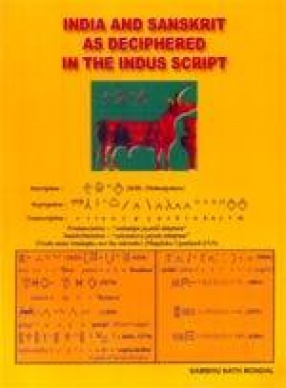
India and Sanskrit As Deciphered in the Indus Script
-
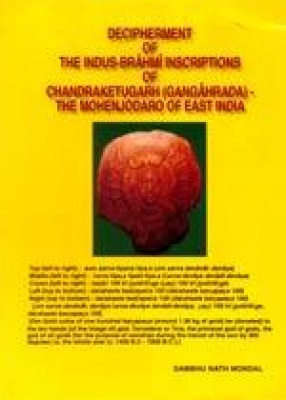
Decipherment of The Indus-Brahmi Inscriptions of Chandraketugarh (Gangaharada)- The Mohenjodaro of East India
-
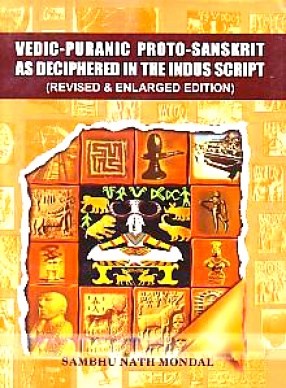
Vedic-Puranic Proto-Sanskrit: As Deciphered in the Indus Script
-
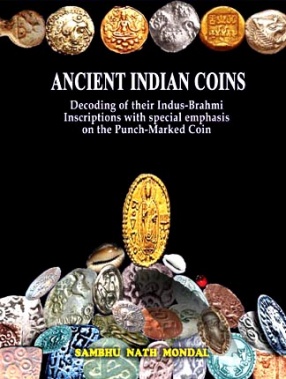
Ancient Indian Coins: Decoding of their Indus-Brahmi Inscriptions with Special Emphasis on the Punch-Marked Coins

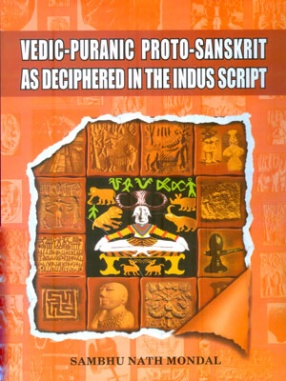
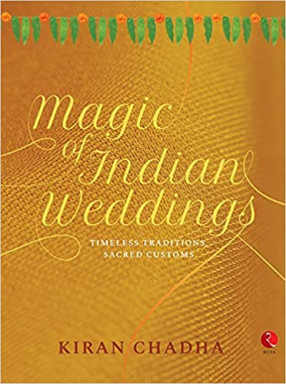
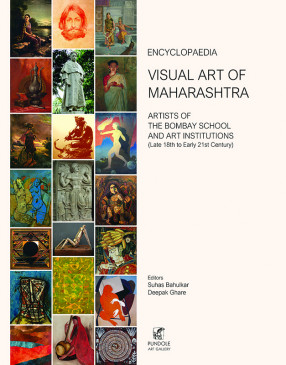

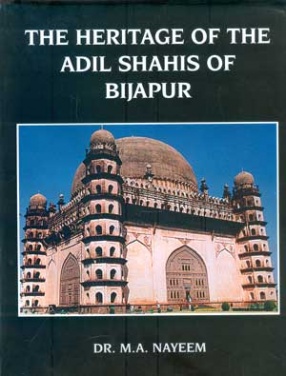

Bibliographic information